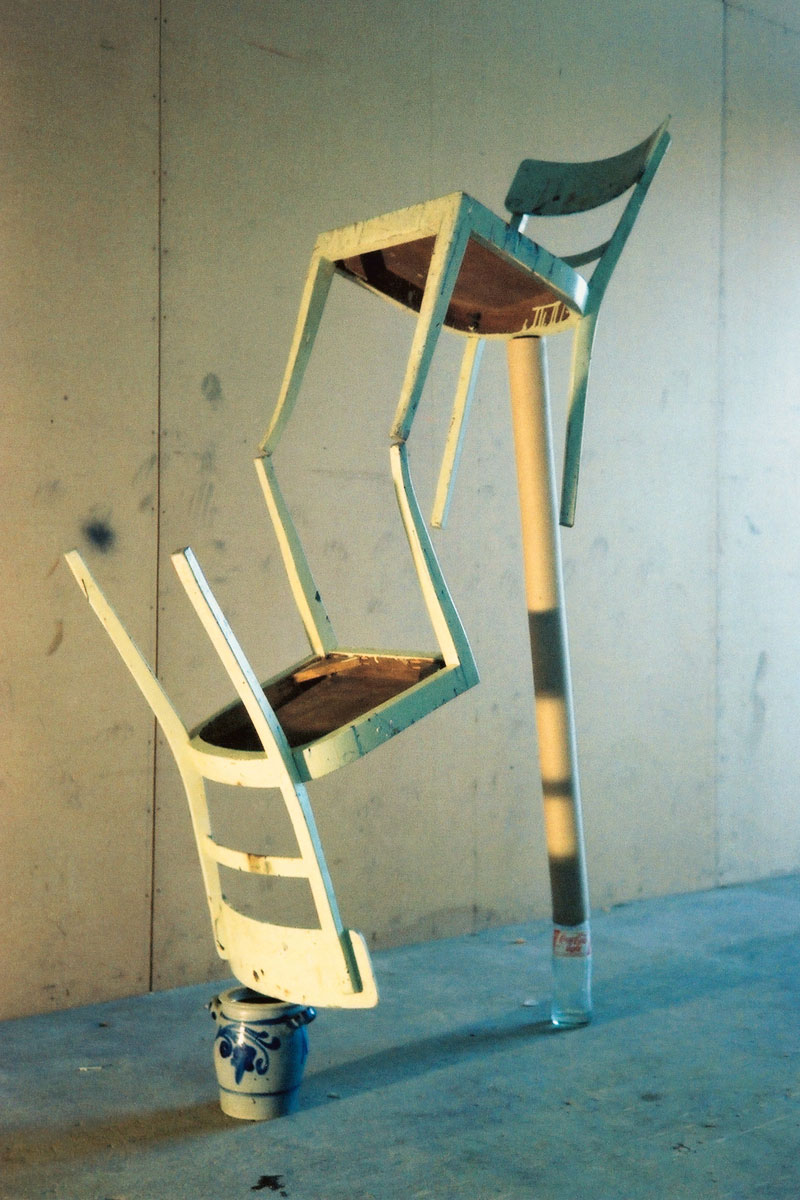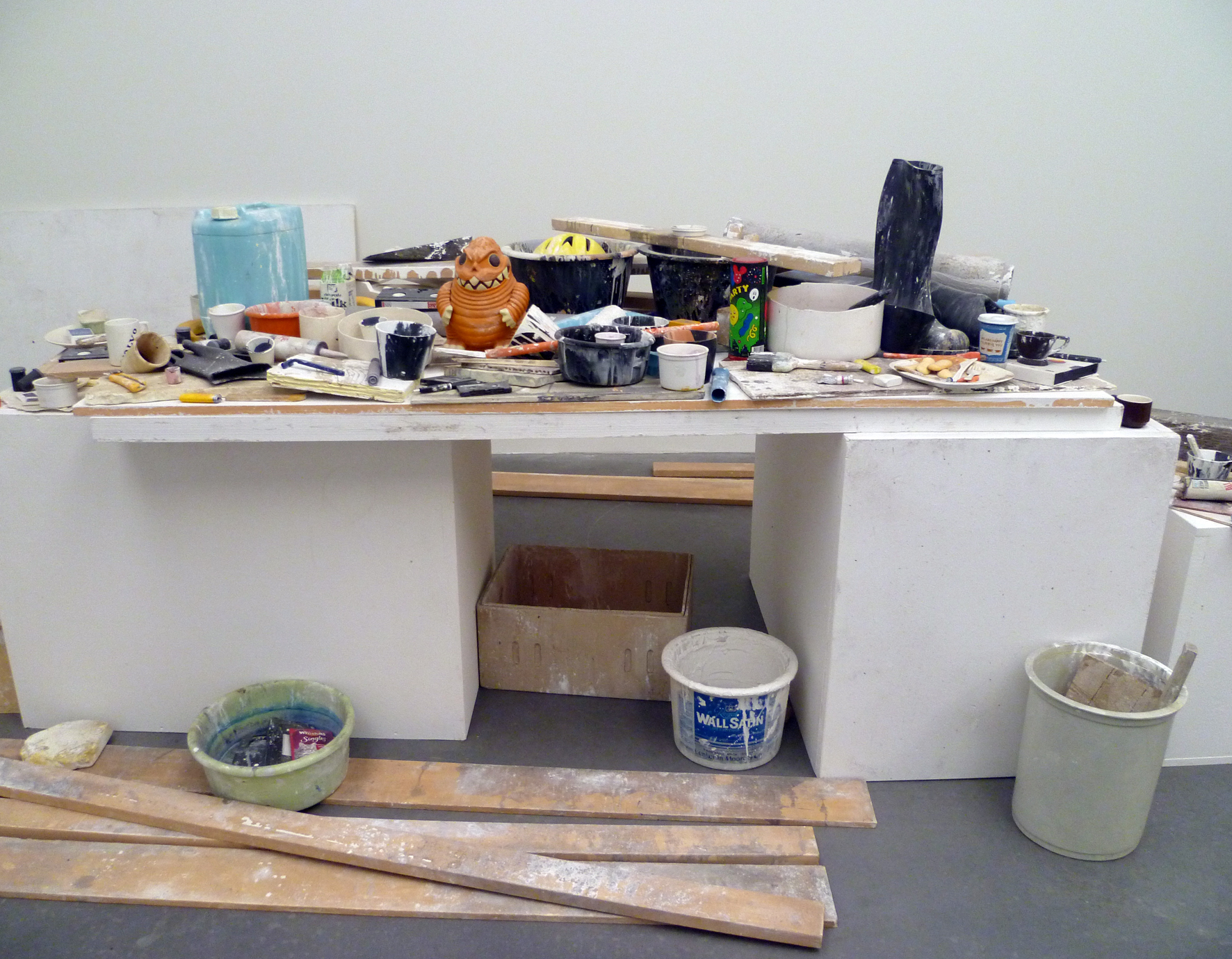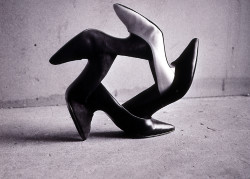The duo of Swiss artists use everyday objects and situations to show us that there is much more behind what we are used to see and comprehend. They play with life’s major and minor questions that are ever-present and never answered. Peter Fischli and David Weiss keep provoking even after Weiss death in 2012. At the Guggenheim exhibition they present their first major retrospective at an American museum, with a vast variety of works in a very illustrative organization of the themes they worked with within their career. The show will be on until April 27th.
Their art has many levels of meanings, starting from banal scenes that everyone can identify with to the very significance of life in the same work. The characters Rat and Bear, that were part of their first works in Los Angeles, embody personifications that can be appreciated universally, since they go through many situations everyone can identify with. Raising deep questions that can make you think about life, they used low budget movies as a way of using materials that anyone can play with.
The same way kids can turn a Coke can into a truck they transform the meanings of everyday objects, opening up our minds to the infinite possibilities of imagination. They show us we don’t have to get stuck to the common meaning of things by making us look at them in a different way. They give them life by freeing them from their fixed meanings. Like in their early Sausage Series, where they created life events with sausages and other materials they had around the house. This formula is present throughout their whole oeuvre.
They create narratives by giving each object meaning, but also dissolve their meanings like with the Grey Sculptures where they empty the objects of their meanings by transforming them into grey, meaningless, phantom objects, with no trace of the characteristics that give them life.
Recontextualize, transfigure. That’s their way of asking “what is reality?” through art. Anything can be anything, it depends on how you contextualize or frame it. The meaning of a chair can change if you use it to support other objects like in the Equilibrium series. Or even an abstract, imageless thing can have a very elaborate meaning if you contextualize it as so. And it can change however we imagine it. That is the great wonder of things which Fischli and Weiss try to show us. That the way we choose to interpret things in our life is the way we will create our reality. Reality then is a narrative created by us and we can change it the way we want to.
 We are always trying to give meaning to major questions in life, but it doesn’t have to come rationally. They may come playfully in an imaginative and poetic way. Art can make us look to everyday images in a completely new way. That is its power, to transform and evolve our way of seeing and experiencing the world around us.
We are always trying to give meaning to major questions in life, but it doesn’t have to come rationally. They may come playfully in an imaginative and poetic way. Art can make us look to everyday images in a completely new way. That is its power, to transform and evolve our way of seeing and experiencing the world around us.
Fischli and Weiss have a magical way of showing us that. From the universal The Way Things Go, where objects effect each other on a continuous cause and consequence movement that may very well represent our condition in life. To the Poliurethane Installations, where they recreated art tools, like paint brushes and other common products, with this very easy to find and easy to use material, to question the idea of readymade.
They pose questions instead of giving answers and show us its ok to live with these questions. We are always looking for answers. That’s what moves the world: Creating meaning, transforming and recreating them again and again.




